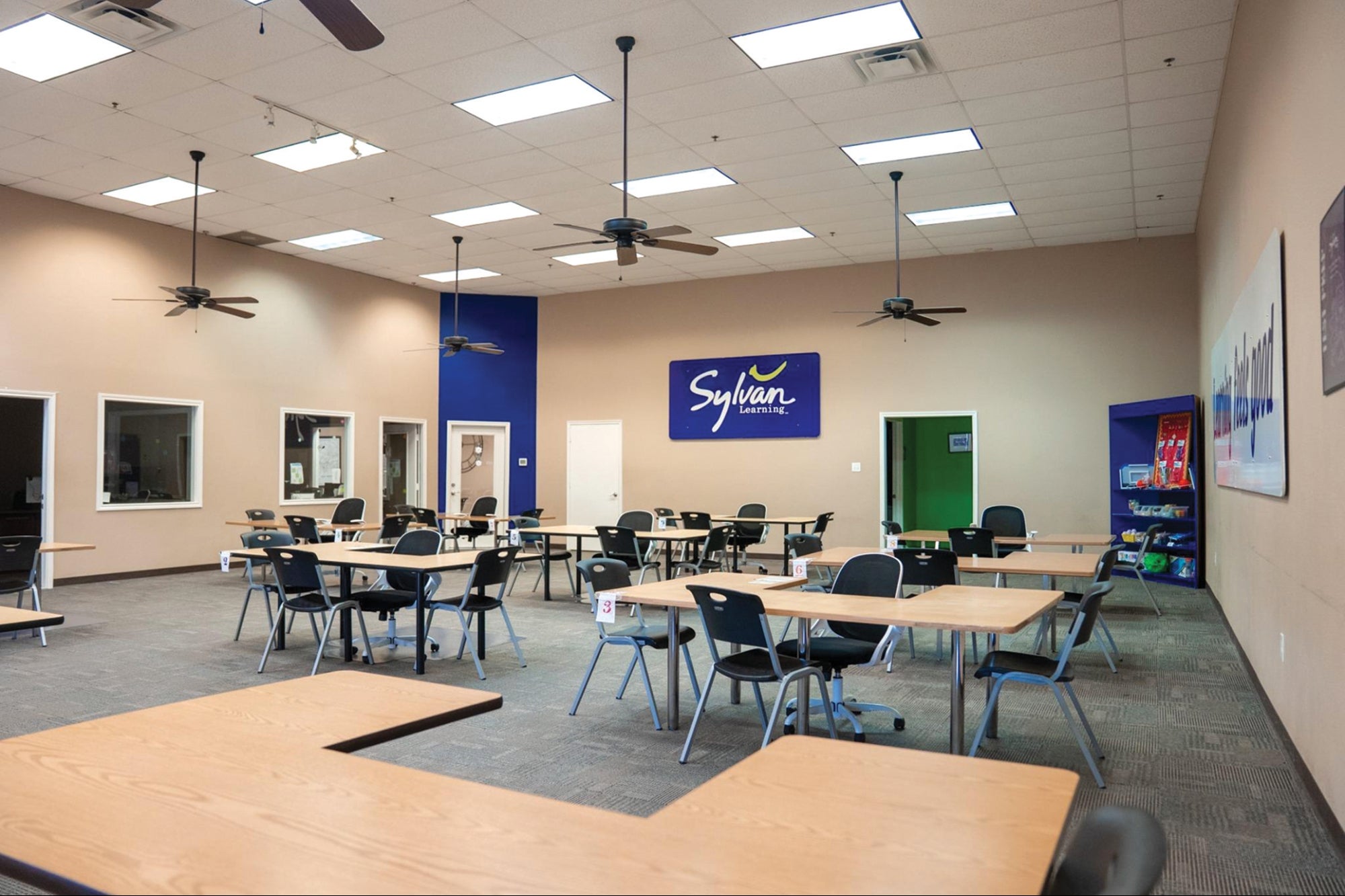Engineering the Sustainable Cloud: Future-Proofing Global Infrastructure Shubham Malhotra has engineered mission-critical systems now powering some of the world's most demanding environments.
Opinions expressed by BIZ Experiences contributors are their own.
You're reading BIZ Experiences Asia Pacific, an international franchise of BIZ Experiences Media.

Cloud Infrastructure at the Core of Modern Innovation:
In the digital era, resilience and scalability aren't just engineering buzzwords - they are the backbone of nearly every sector: banking, healthcare, education, government, even space. At the center of this transformation is an invisible force: the cloud. And helping that cloud run smarter, faster, and more securely is a new generation of systems that are reshaping infrastructure from the inside out.
The Architect Behind Self-Regulating Cloud Systems:
Among the architects driving the quiet revolution in global cloud infrastructure is Shubham Malhotra, a leading software engineer, researcher, and platform architect specializing in distributed systems, performance optimization, and intelligent automation. Recognized across the industry for building resilient, self-regulating cloud frameworks, Malhotra has engineered mission-critical systems now powering some of the world's most demanding environments. His work—spanning research labs, Microsoft Azure, and now Amazon Web Services (AWS) - has laid the foundation for infrastructure that not only scales intelligently, but sustains itself with precision. From automating secure system updates for public-sector cloud deployments to building predictive engines that help the cloud anticipate and avert failures before they happen, Malhotra's contributions are shaping how the world thinks about resilient, sustainable digital ecosystems.
Building the Cloud's First Real-Time Forecasting Engine:
At Amazon Web Services (AWS) - the world's largest provider of cloud computing infrastructure - Malhotra was tasked with solving one of the cloud's most complex and consequential problems: how to foresee when virtual servers might become overloaded or unavailable, and proactively reroute demand before users are ever affected. In response, he developed the first-of-its-kind real-time simulation engine for the cloud - an innovation akin to building a live "weather forecasting system" for global computing capacity Instead of reacting to failures after they occur, this system simulates thousands of hypothetical stress scenarios every hour using synthetic workloads, real-time telemetry, and machine learning predictions. It's like predicting not just tomorrow's storm, but every shift in wind patterns across hundreds of data centers - within seconds.
Transforming Global Cloud Performance and Sustainability:
This pioneering approach empowers the cloud to continuously assess its own stability and adjust resource allocations automatically.The result? Fewer false alarms, significantly fewer service disruptions, and smarter, more efficient use of compute power. These optimizations now impact billions of compute hours across industries, ensuring smooth operations, improved business continuity, and substantial infrastructure cost savings. By dynamically managing resources and eliminating wasteful overprovisioning, the system also supports a more sustainable digital ecosystem. It reduces unnecessary energy consumption in data centers, lowers the carbon footprint associated with idle server loads, and minimizes hardware strain - helping cloud operations run leaner, greener, and more responsibly. In a world where digital infrastructure demands continue to surge, Malhotra's simulation engine offers a blueprint for how cloud technology can scale not just intelligently, but sustainably.
Turning the Cloud Into a Self-Aware System:
This system is now a core strategic tool at AWS, directly informing regional capacity planning and global availability decisions - proving that sustainability and performance are no longer trade-offs, but outcomes of well-engineered foresight. His work enables seamless auto-correction across the cloud infrastructure, ensuring high availability and uninterrupted service. In effect, the cloud becomes self-aware: constantly fine-tuning itself to meet global demand with maximum efficiency and minimal waste.
The Foundation Laid at Microsoft Azure:
This level of impact didn't emerge in isolation. Before being tapped by AWS, Malhotra played a transformative role at Microsoft, where his work on Azure Arc - a hybrid and multi-cloud management platform under Microsoft Azure, the company's flagship cloud offering - redefined how global enterprises and public-sector institutions managed their infrastructure. At its core, Azure Arc allows organizations to extend the power of the cloud to on-premise and edge environments while maintaining centralized control. Within this ecosystem, Malhotra led the design and implementation of a secure automation pipeline that now handles tens of millions of virtual machine updates annually. Where such updates once required manual coordination and were vulnerable to delay or error, his system automated the process end-to-end - ensuring updates occurred securely, swiftly, and in full compliance with the world's strictest regulatory standards. But perhaps most notably, the architecture he pioneered at Microsoft became the blueprint for what he would later be recruited to implement - at greater scale - at AWS.
The continuity in his work is unmistakable. What began as research into fault-tolerant orchestration, adaptive threat models, and sustainable infrastructure design was first operationalized at Microsoft, and now supercharged at AWS. His simulation-based approach - rooted in academic models designed to reduce waste and improve resiliency - evolved into enterprise-grade systems that actively shrink the carbon footprint of data center operations. By replacing static provisioning with dynamic forecasting, his work reduces energy use, eliminates idle compute cycles, and minimizes the environmental impact of hyperscale cloud deployments.
Infrastructure That Anticipates, Not Just Reacts:
In many ways, Malhotra's career path mirrors the very systems he's building: evolving, adaptive, and designed to scale. From academic models to enterprise adoption, and now global cloud strategy - his trajectory has not only kept pace with the industry's biggest challenges, it's consistently anticipated them.
Powering the Most Demanding Sectors:
These innovations have become foundational for governments, healthcare providers, and global institutions that rely on secure, compliant, and highly available cloud infrastructure. Across regions, Malhotra's systems have enabled public-sector agencies to modernize critical services while ensuring sensitive data remains aligned with stringent governance requirements. In healthcare, his automation frameworks have supported real-time diagnostic platforms where uptime is vital to patient outcomes. In financial and regulatory environments, the same systems have been instrumental in streamlining large-scale digital operations while maintaining airtight compliance. The secure agent rollout pipelines, cryptographic signing mechanisms, and telemetry-driven monitoring tools he engineered now serve as operational safeguards - ensuring that essential digital workloads remain uninterrupted, auditable, and resilient in some of the world's most demanding environments. These aren't just technical solutions—they are structural pillars for organizations where reliability is non-negotiable. Malhotra's contributions have quietly helped lead this transformation.
Sustainability: The Future of Cloud Computing:
In a world built on invisible layers of software, these are the systems that keep our most vital institutions moving forward. And at the heart of those systems is work that doesn't just solve problems - it anticipates them, rewrites the rulebook, and quietly powers the digital world we rely on every day.
Conclusion: A Leaner, Greener Digital Future:
But the impact goes deeper. By eliminating unnecessary compute cycles, reducing energy-hungry redundancy, and enabling intelligent automation at scale, these systems are laying the groundwork for a more sustainable future in tech. They turn cloud platforms into smarter, leaner, greener engines - ones that don't just scale with demand, but do so with responsibility. Malhotra's work is proving that sustainability in the cloud isn't just possible - it's essential. And it's already here.












